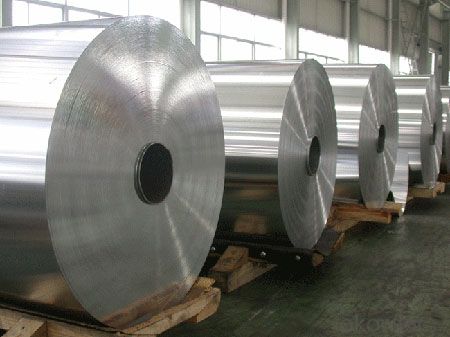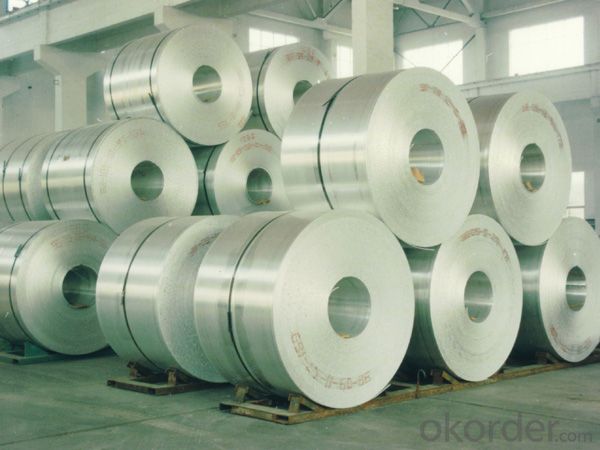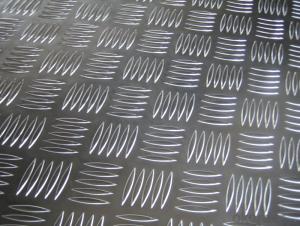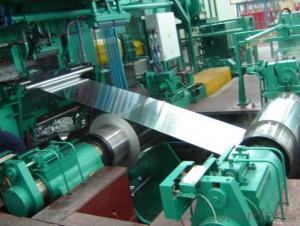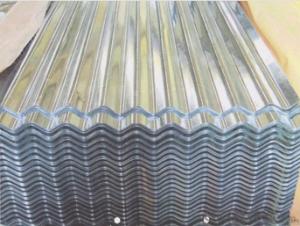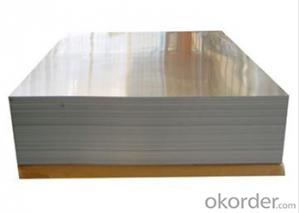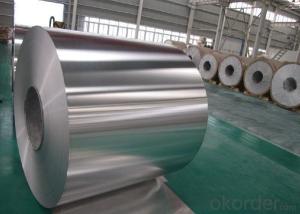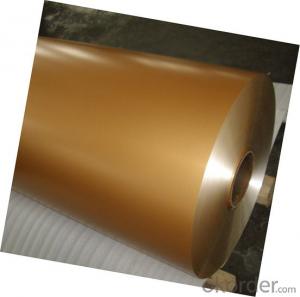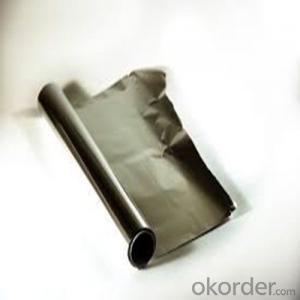Brown 040 Aluminum Sheets - Various Usage Aluminum Foil from China
- Loading Port:
- Shanghai
- Payment Terms:
- TT OR LC
- Min Order Qty:
- 5 m.t.
- Supply Capability:
- 9000 m.t./month
OKorder Service Pledge
Quality Product, Order Online Tracking, Timely Delivery
OKorder Financial Service
Credit Rating, Credit Services, Credit Purchasing
You Might Also Like
Specification
Grade:
2000 Series,1000 Series,5000 Series,4000 Series,3000 Series,7000 Series,6000 Series
Surface Treatment:
Polished,Mill Finish,Color Coated,Oxidized,Enameled Wire,Brushed,Printed,Composited,Holographic Impression,Sand Blasted,Powder Coating,Anodized,Embossed,Coated
Shape:
Angle,Square,Round,Flat,Rectangular,Oval,Hexagonal,T-Profile
Temper:
T3-T8,O-H112,T351-T651,T351-T851,Soft,Half Hard,Hard
Application:
Liner & Wad,Decorations,Door & Window,Heat Sink,Transportation Tools,Glass Wall,Food,Kitchen Use,Pharmaceutical,Seal & Closure,Insulation Material,Label & Tag
Specifications
Final Application:Packing,laminating,heat sealing,cable
Denomination: Aluminum foils Alloy&Temper: 8011/3003/1235,0 H22 H24 Thickness: 0.007mm--0.2mm Width: 100mm--800mm Inner Diameter: 76mm/152mm Outside Diameter: 200-800mm we are specialized in producting aluminum foil. |
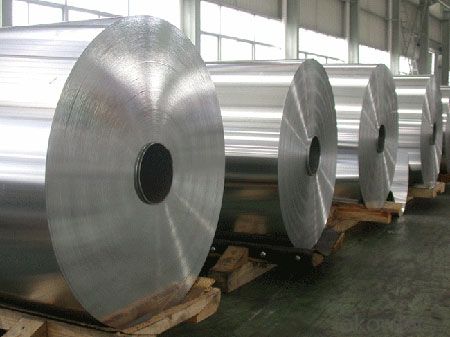
| NO | Denomination | Final application | Temper | Thickness | Width | Inner diameter | Outside |
| diameter | |||||||
| 1 | Semi-rigid container foil | Food container applied in aviation | 3003/8011--H22,H24,O | 0.02-0.09 | 300-600 | 76/152 | 100-600 |
| 2 | Household foils | Soft packing in household | 8011--O | 0.01-0.02 | 200-700 | 76 | 200-800 |
| 3 | Pharmaceutical foil | Packing for Blister foil | 8011--H18 | 0.020-0.025 | 400-1100 | 76/152 | 760 |
| 4 | Cable foil | Wraping for cable | 1100/8011,O | 0.15-0.05 | 500-800 | 76 | 760 |
| 5 | Aluminum fin stock | Hear exchanger and condensator for A/C | 8011--H24,O | 0.1-0.13 | 400-1000 | 152 | 760 |
| 6 | Cigarette foil | Packing for cigarette | 1235--O | 0.0065-0.007 | 460,520 | 76 | 400 |
| 7 | Foil for hot seal | Hot seal cover for acidophilus milk and other beverage | 1235/8011--O | 0.02-0.038 | 400-600 | 76 | 760 |
| 8 | Thick foil for deep processing | Seal for beer bottle | 1145/8011,O | 0.0115 | 300-600 | 76/152 | 400/760 |
| Shield for video cable | 0.01-0.012 | 500 | 76 | 400 | |||
| Aluminum adhesive tape | 0.2-0.06 | 300-600 | 76/152 | 400/760 | |||
| 9 | Thin foil for deep-processing | Foil with thickness less than ten micron applied in surface of packing materials | 8011/1235--O | 0.0065-0.007 | 460-1000 | 76 | 400 |
| 10 | Foil for automobile radiator | Water tank radiator in automobile | 8011/1050--H18 | 0.08-0.10 | 140-600 | 76 | 760 |
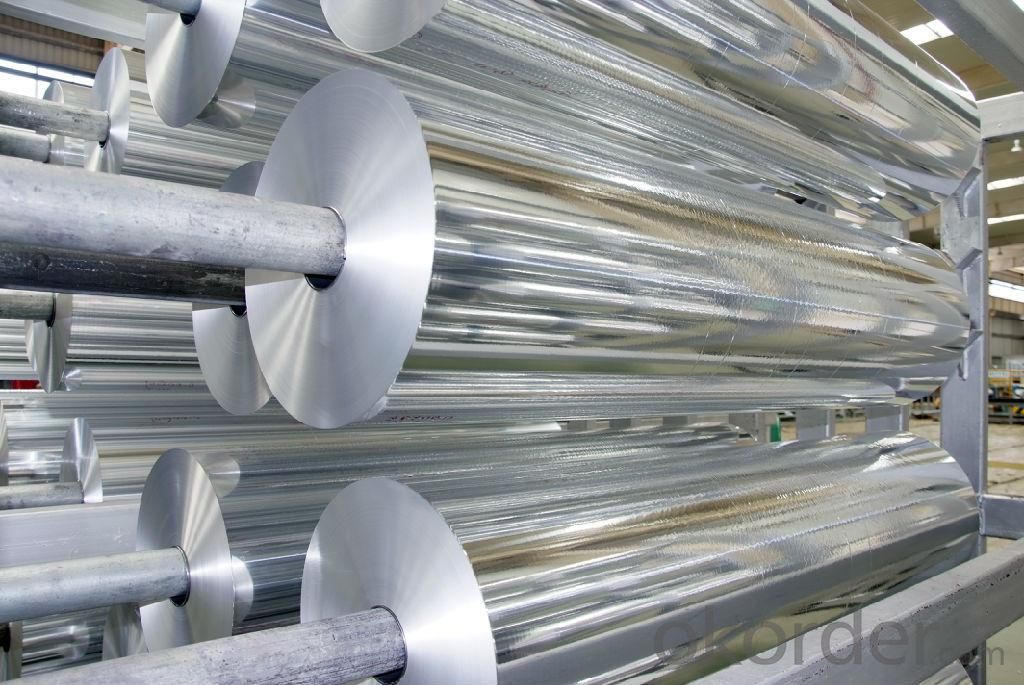

- Q: What is the weight of the aluminum sheets?
- The weight of the aluminum sheets can vary depending on their size, thickness, and density. To determine the weight, you would need to know the dimensions and density of the specific aluminum sheets in question.
- Q: ive been working with parts for a robot without gloves and ive manged to 3 cuts in my fingers, also my hands get covered with powdered aluminum from sanding the peices, can this be dangerous to my health?
- Aluminum it's self is not dangerous. But as for as cuts, Any cut can become infected from germs from any source.
- Q: What are the common applications of aluminum sheets?
- Aluminum sheets are commonly used in various applications such as construction, automotive, aerospace, packaging, and electrical industries. They are used for making lightweight structures, including building facades, roofing, and cladding. In the automotive sector, aluminum sheets are used for manufacturing vehicle bodies and parts due to their high strength-to-weight ratio. They are also utilized in aircraft manufacturing for their low density and corrosion resistance. Additionally, aluminum sheets are popular in packaging as they are lightweight and can be easily formed into different shapes. In the electrical industry, they are used for wiring and conductors due to their excellent conductivity properties.
- Q: Are 101 aluminum sheets suitable for chemical transfer piping?
- Chemical transfer piping cannot rely on 101 aluminum sheets as they are unsuitable. The reactivity and corrosion propensity of aluminum make it generally unfit for handling specific chemicals. Industries like aerospace or construction prefer aluminum due to its lightweight nature and excellent thermal conductivity. However, for chemical transfer piping, it is wiser to opt for materials that possess corrosion resistance and can endure the specific chemicals being transported. Stainless steel, PVC, or high-density polyethylene (HDPE) are recommended alternatives.
- Q: What are the different grades of aluminum sheets available?
- There are several different grades of aluminum sheets available, including 1100, 3003, 5052, and 6061. These grades vary in terms of their composition, strength, and intended use. 1100 aluminum is the most commercially pure grade and is often used for general purpose applications. 3003 aluminum is alloyed with manganese and has improved strength and corrosion resistance. 5052 aluminum is alloyed with magnesium and has excellent weldability and formability. 6061 aluminum is alloyed with magnesium and silicon and is known for its high strength and versatility.
- Q: This question asks for methods to maintain and repair aluminum sheets once they have been installed.
- <p>To maintain and repair aluminum sheets after installation, follow these steps: Regularly clean the surface with a soft cloth and mild detergent to remove dirt and grime. Avoid abrasive materials that can scratch the surface. For minor scratches or dents, use aluminum filler or touch-up paint that matches the sheet's color. Apply the filler or paint carefully, following the manufacturer's instructions. For more severe damage, consider hiring a professional to assess and repair the damage to ensure structural integrity. Always check for any signs of corrosion and address them promptly to prevent further damage. Regular maintenance will prolong the life of aluminum sheets and keep them looking their best.</p>
- Q: Are the aluminum sheets suitable for automotive applications?
- Indeed, automotive applications can make use of aluminum sheets. Being a lightweight material with a high strength-to-weight ratio, aluminum proves to be an excellent choice for the automotive industry. Its attributes lend themselves well to this industry, offering numerous benefits such as enhanced fuel efficiency, improved handling, and increased performance. Furthermore, aluminum's resistance to corrosion is advantageous for automotive applications, as it contributes to the longevity of vehicles. Furthermore, aluminum sheets possess the ability to be easily shaped and molded into various forms, which grants automotive manufacturing greater design flexibility. In conclusion, the utilization of aluminum sheets in automotive applications has gained popularity due to their myriad advantages and their positive impact on vehicle performance and sustainability.
- Q: What are the physical properties of aluminum sheets?
- Aluminum sheets possess various physical properties that make them highly desirable in numerous applications. Firstly, aluminum sheets are lightweight, with a density of around 2.7 grams per cubic centimeter, which is about one-third that of steel. This characteristic makes aluminum sheets easy to handle and transport, reducing overall weight in structures or products. Aluminum sheets also exhibit excellent corrosion resistance due to the formation of a thin, protective oxide layer on their surface when exposed to air. This oxide layer acts as a barrier, preventing further oxidation and corrosion, making aluminum sheets suitable for outdoor applications and environments with high humidity or exposure to corrosive substances. Furthermore, aluminum sheets have good thermal conductivity, allowing them to efficiently transfer heat. This property makes aluminum sheets commonly used in heat exchangers, radiators, and other cooling systems. Another important physical property of aluminum sheets is their high electrical conductivity. Aluminum is an excellent conductor of electricity, second only to copper, making it widely used in electrical applications such as wiring, power transmission lines, and electrical equipment. In terms of appearance, aluminum sheets have a bright, silvery-white color and a smooth surface finish, giving them an aesthetically pleasing look. They can be easily shaped, formed, and machined, making aluminum sheets highly versatile and suitable for various manufacturing processes. Overall, the physical properties of aluminum sheets, including their lightweight nature, corrosion resistance, thermal conductivity, electrical conductivity, and ease of fabrication, contribute to their widespread use in industries such as aerospace, automotive, construction, and electrical engineering.
- Q: How do aluminum sheets perform in terms of fatigue resistance?
- Aluminum sheets generally exhibit good fatigue resistance due to their high strength-to-weight ratio and ductility. This means that they can withstand repeated loading cycles without experiencing significant degradation or failure. However, the fatigue resistance of aluminum sheets can vary depending on factors such as the alloy composition, heat treatment, and surface condition. Therefore, it is important to consider these factors when assessing the performance of aluminum sheets in terms of fatigue resistance.
- Q: How does the surface treatment affect the corrosion resistance of aluminum sheet?
- Enhancing the corrosion resistance of aluminum sheet is greatly influenced by its surface treatment. Aluminum itself possesses inherent corrosion resistance due to the formation of a thin oxide layer on its surface. However, this oxide layer may not always be sufficient in safeguarding the metal against aggressive environments or harsh conditions. To significantly improve the corrosion resistance of aluminum sheet, various surface treatments such as anodizing, chromating, or painting can be employed. Anodizing involves the creation of a controlled oxide layer on the aluminum's surface through an electrochemical process. This layer exhibits high resistance to corrosion and effectively protects the metal from various corrosive agents. On the other hand, chromating involves the application of a chromate conversion coating that forms a thin film on the aluminum surface. This coating acts as a barrier, preventing the penetration of corrosive substances and subsequent oxidation. Additionally, it enhances the adhesion of subsequent paint or adhesive layers. Painting is another commonly utilized surface treatment for aluminum sheets. By applying a paint layer, the metal is not only shielded from corrosion but also acquires an aesthetically pleasing finish. The paint functions as a physical barrier that safeguards the aluminum against moisture, chemicals, and other corrosive elements. The selection of the appropriate surface treatment depends on the specific application and the desired level of corrosion resistance. Anodizing is often preferred in construction, automotive, and aerospace industries as it provides exceptional corrosion protection and enhances the appearance of the metal. Chromating is commonly utilized in electrical and electronic applications, as it offers both corrosion resistance and electrical conductivity. Painting is suitable for applications where both aesthetics and corrosion protection are of equal importance, such as architectural elements or consumer products. In conclusion, the corrosion resistance of aluminum sheet is significantly influenced by its surface treatment. Anodizing, chromating, and painting all contribute to enhancing the protective properties of aluminum against corrosion, thereby extending its lifespan and ensuring its durability in various environments.
Send your message to us
Brown 040 Aluminum Sheets - Various Usage Aluminum Foil from China
- Loading Port:
- Shanghai
- Payment Terms:
- TT OR LC
- Min Order Qty:
- 5 m.t.
- Supply Capability:
- 9000 m.t./month
OKorder Service Pledge
Quality Product, Order Online Tracking, Timely Delivery
OKorder Financial Service
Credit Rating, Credit Services, Credit Purchasing
Similar products
Hot products
Hot Searches
Related keywords



